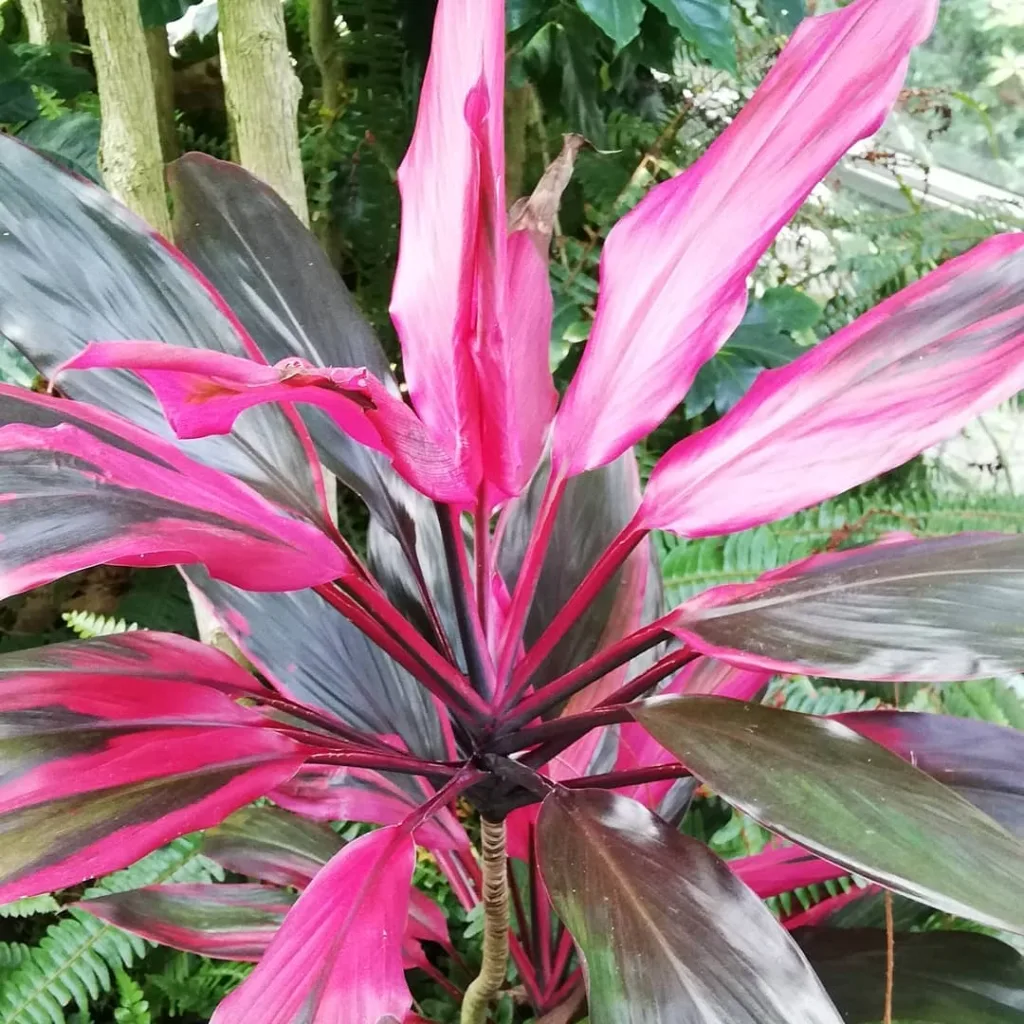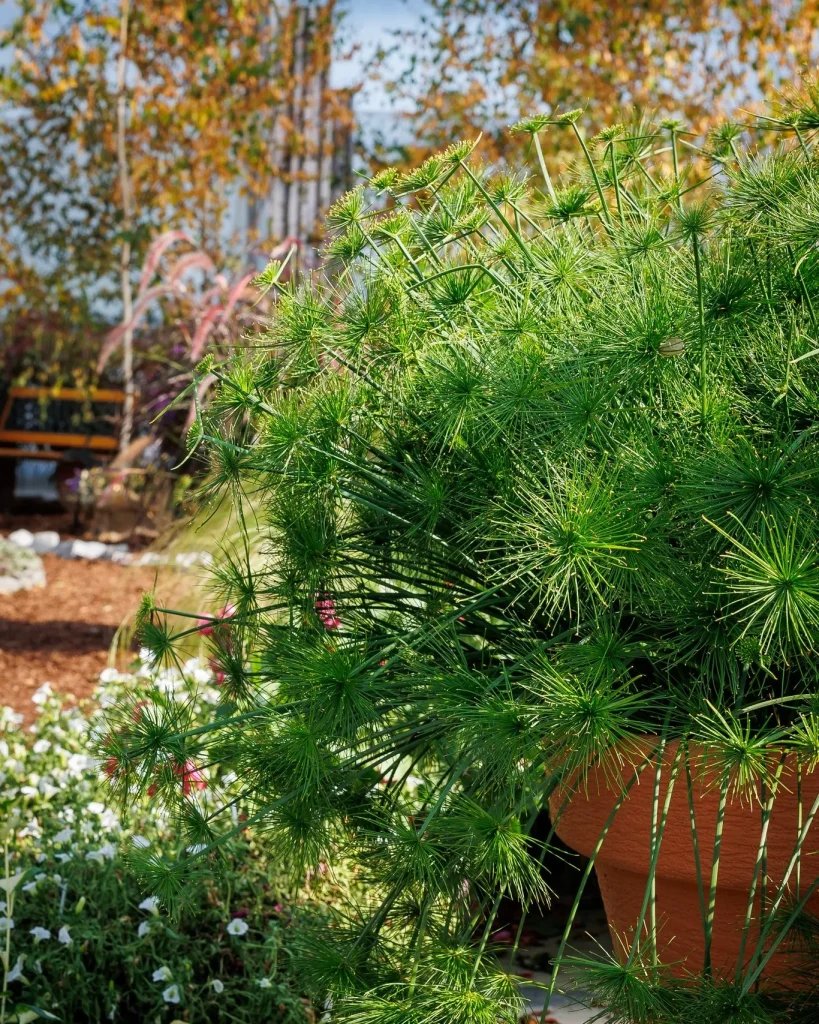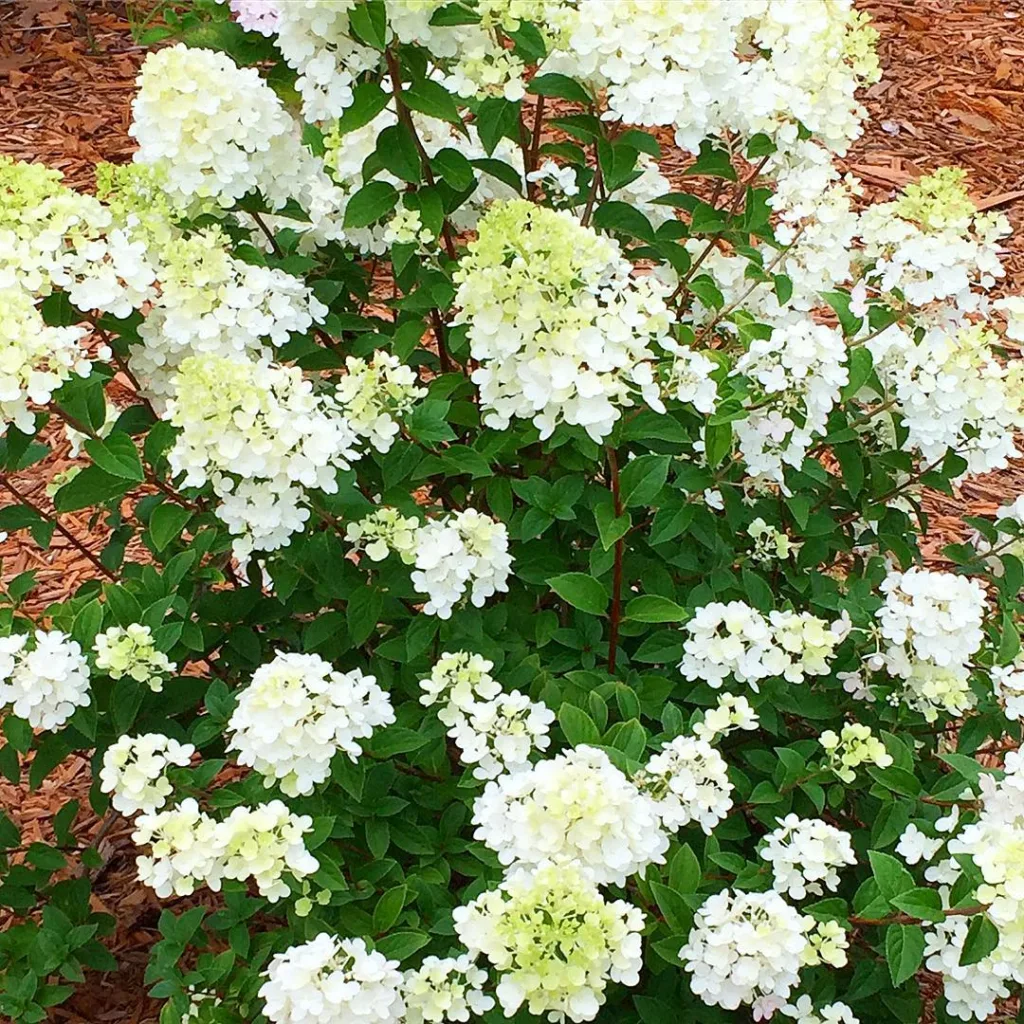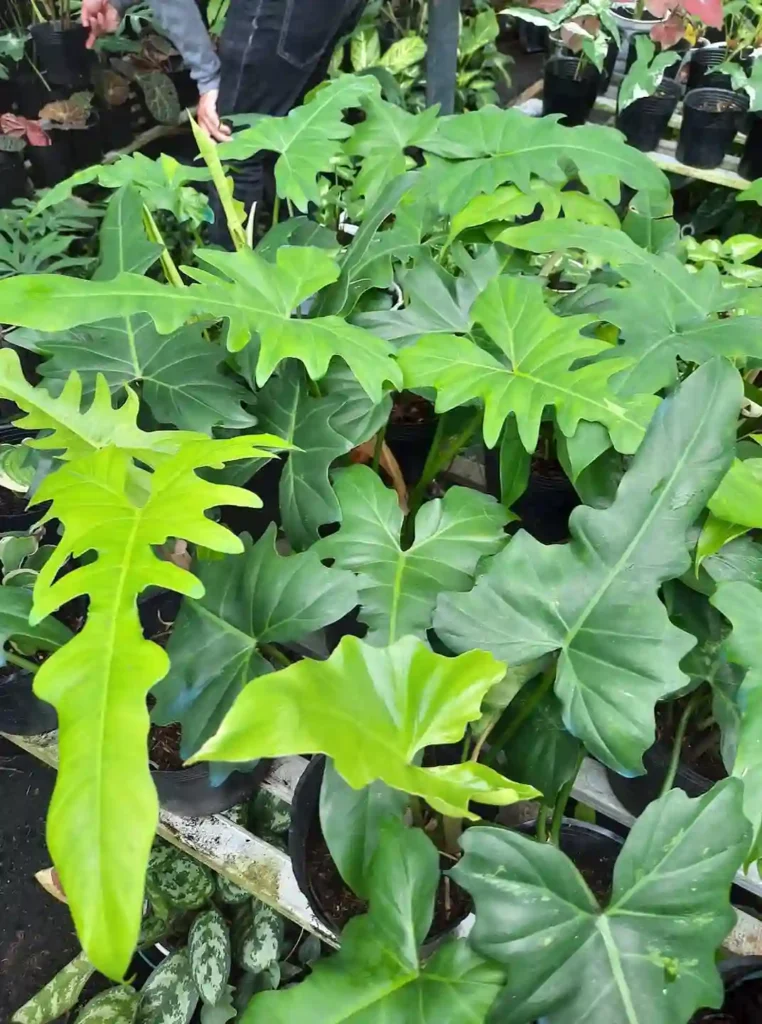
October 1 – Momordica
"Momordica, the bitter melon, defines October 1."
Momordica symbolizes healing and transformation. You have the ability to turn challenges into opportunities for growth, much like the plant’s bitter fruit offering powerful health benefits. Your resilience and adaptability inspire others to find strength in adversity.
The Curious World of Momordica: A Personal Exploration
My name is Ferb Vu, and I’ve always been fascinated by the natural world, particularly the diversity and ingenuity of plant life. Lately, I’ve become engrossed in the genus Momordica, a captivating group of vines belonging to the Cucurbitaceae family, better known as the gourd family. These plants, with their unique fruits and intriguing properties, have captured my imagination and spurred me to learn more.
Momordica encompasses roughly 53 species, primarily found in the tropical and subtropical regions of Africa, Asia, and Australia. They are typically characterized by their climbing or trailing vines, tendrils that help them cling to supports, and most distinctively, their warty or spiky fruits. These fruits often burst open when ripe, revealing a cluster of seeds encased in a brightly colored, fleshy aril.
A Diverse Family of Plants
The genus boasts a remarkable variety of species, each with its own distinct characteristics:
- Momordica angolensis R.Fern.
- Momordica angustisepala Harms
- Momordica anigosantha Hook.f.
- Momordica argillicola Thulin
- Momordica balsamina L.
- Momordica boivinii Baill.
- Momordica breteleri H.Schaef.
- Momordica cabrae (Cogn.) C.Jeffrey
- Momordica calantha Gilg
- Momordica camerounensis Keraudren
- Momordica cardiospermoides Klotzsch
- Momordica charantia L.
- Momordica cissoides Planch. ex Cogn.
- Momordica clarkeana King
- Momordica cochinchinensis (Lour.) Spreng.
- Momordica cordata Cogn.
- Momordica corymbifera Hook.f.
- Momordica cymbalaria Fenzl ex Naudin
- Momordica denticulata Miq.
- Momordica denudata (Thwaites) C.B.Clarke
- Momordica dioica Roxb. ex Willd.
- Momordica dissecta Baker
- Momordica enneaphylla Cogn.
- Momordica foetida Schumach.
- Momordica friesiorum (Harms) C.Jeffrey
- Momordica gilgiana Cogn.
- Momordica glabra Zimm.
- Momordica henriquesii Cogn.
- Momordica humilis (Cogn.) C.Jeffrey
- Momordica janarthanamii Gosavi, Gholave, Madhav & Kambale
- Momordica jeffreyana Keraudren
- Momordica kirkii (Hook.f.) C.Jeffrey
- Momordica leiocarpa Gilg
- Momordica littorea Thulin
- Momordica macrosperma (Cogn.) Chiov.
- Momordica mossambica H.Schaef.
- Momordica multiflora Hook.f.
- Momordica obtusisepala Keraudren
- Momordica parvifolia Cogn.
- Momordica peteri Zimm.
- Momordica pterocarpa Hochst. ex A.Rich.
- Momordica racemiflora Cogn.
- Momordica repens Bremek.
- Momordica rostrata Zimm.
- Momordica sahyadrica Kattuk. & V.T.Antony
- Momordica sessilifolia Cogn.
- Momordica silvatica Jongkind
- Momordica spinosa (Gilg) Chiov.
- Momordica subangulata Blume
- Momordica × suboica Bharathi
- Momordica trifolia L.
- Momordica trifoliolata Hook.f.
- Momordica welwitschii Hook.f.
More Than Just a Pretty Fruit
My interest in Momordica goes beyond simple curiosity. I’m particularly intrigued by the potential health benefits associated with these plants. Many species, especially bitter melon, have been used in traditional medicine for centuries to treat a wide range of conditions, from diabetes to infections. Modern research is beginning to validate some of these traditional uses, with studies indicating that compounds found in Momordica species may have anti-inflammatory, antiviral, and even anti-cancer properties.
For instance, bitter melon is known to contain charantin, a compound that has been shown to help regulate blood sugar levels. This makes it a potentially valuable tool in the management of diabetes. Other compounds found in Momordica species have demonstrated potential in inhibiting the growth of cancer cells and boosting the immune system.
A World of Possibilities
The more I learn about Momordica, the more fascinated I become. This genus of plants offers a wealth of possibilities, not just in terms of their potential health benefits, but also their culinary applications and their role in sustainable agriculture. As we continue to explore the natural world, I believe that Momordica will reveal even more of its secrets, offering new solutions to some of the challenges we face.
I am eager to continue my exploration of this fascinating genus, delving deeper into its biology, its cultural significance, and its potential to improve human health and well-being. The world of Momordica is full of wonder, and I’m excited to see what discoveries lie ahead.
If i die, water my plants!



